

There are countless travel destinations around the world that showcase either breathtaking natural landscapes or rich cultural heritage. Some places offer a unique blend of both, making them perfect for travelers seeking to experience both nature and culture. In this section, we will explore travel spots known for their natural beauty and cultural significance.
Nature enthusiasts are drawn to places with stunning landscapes, diverse ecosystems, and incredible wildlife. Here are some top destinations where nature is the star.
Yellowstone National Park is the first national park in the world, established in 1872 in Wyoming, Montana, and Idaho.
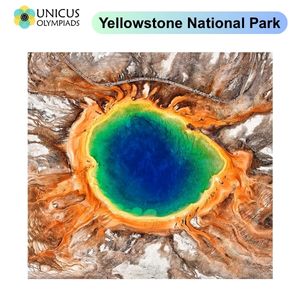
The Amazon Rainforest is the largest tropical rainforest in the world, stretching across nine countries in South America, including Brazil, Peru, and Colombia.

The Great Barrier Reef, located off the coast of Queensland, Australia, is the world's largest coral reef system.

Banff National Park, located in the Canadian Rockies in Alberta, is renowned for its stunning mountain scenery and pristine lakes.

Located on the border between Argentina and Brazil, Iguazu Falls is one of the largest and most impressive waterfall systems in the world.
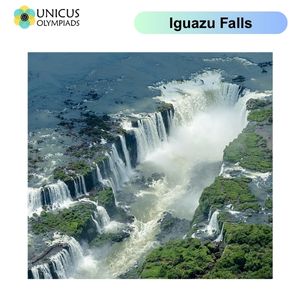
Cultural travel destinations provide a window into the history, traditions, and artistic achievements of a region. These places offer unique insights into the cultural richness of their societies.
Kyoto, Japan's former capital, is a city rich in culture, tradition, and historical landmarks.
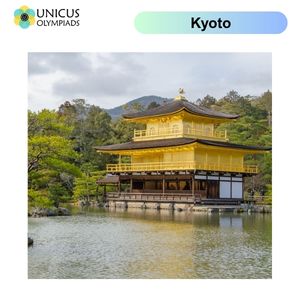
Machu Picchu is an ancient Inca city set high in the Andes Mountains of Peru, offering a glimpse into one of the most advanced civilizations of pre-Columbian America.

Paris, the capital of France, is renowned for its art, history, architecture, and vibrant cultural scene.

The Colosseum in Rome is one of the greatest works of Roman engineering and a symbol of the Roman Empire.
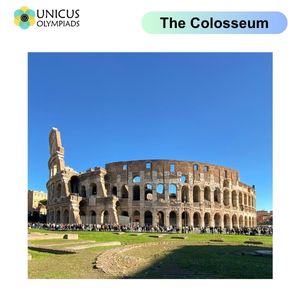
The Alhambra is a palace and fortress complex located in Granada, Spain, renowned for its stunning Islamic architecture and intricate design.

Some destinations seamlessly combine both natural beauty and cultural significance, providing travelers with an enriching experience that celebrates both the environment and human heritage.
Petra, an ancient city carved into the rose-red sandstone cliffs of southern Jordan, is a site that combines stunning natural landscapes with remarkable cultural heritage.
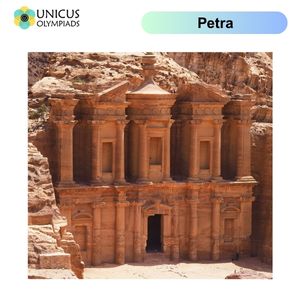
Santorini is a Greek island known for its breathtaking views, whitewashed houses, and vibrant culture.

Angkor Wat is the largest religious monument in the world, located in Cambodia. It is a stunning example of classical Khmer architecture.
